
Have you noticed the not-so-subtle ways the tech in our lives is shifting in recent months?
If you thought the sticker shock at the end of each month was annoying, consider the ways that entertainment and media companies are rejiggering their business models to extract even more money from our shrinking wallets.
We have been dutifully tracking consumer frustration with subscription fees for several years now. There’s an unmistakable trend. Consumers are hacked off by the piling on of these monthly charges for movies, TV shows, documentaries, and entertainment.
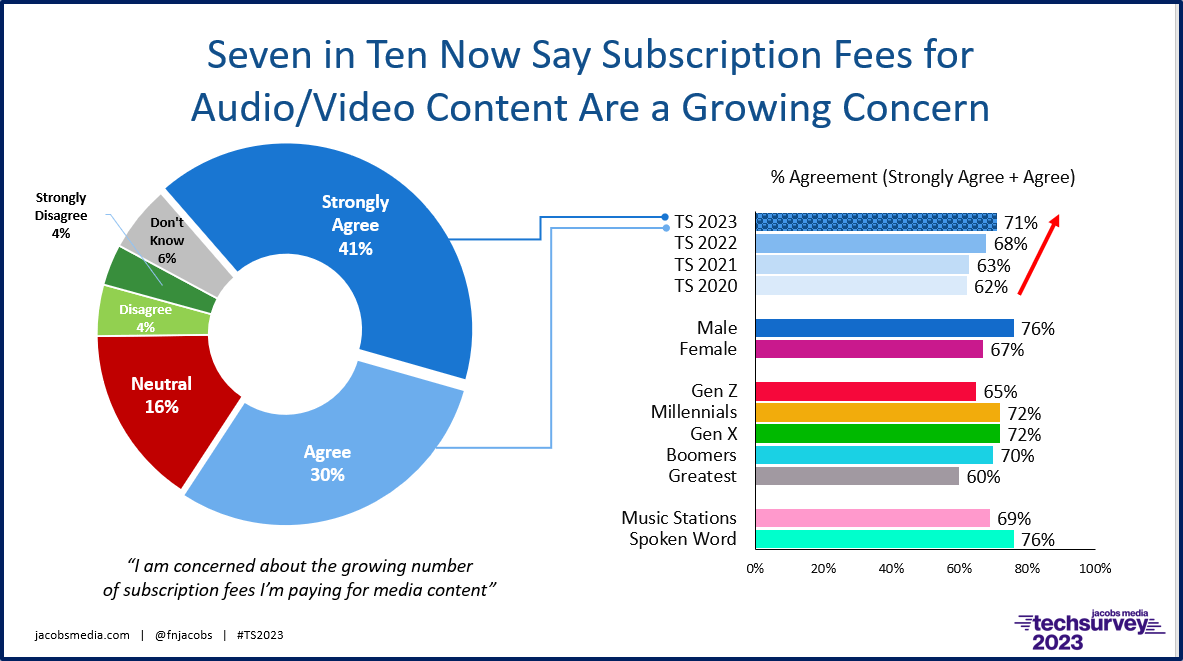
When seven in ten consumers agree with the notion these monthly fees have gotten out of hand, something is most definitely up. I took a peek at our new Techsurvey 2024 now in the field. With more than 23,000 in-tab interviews, the trend is clear. When I deliver the data in a few weeks, we’ll see this trend continue as close to three in four media consumers expressing concerns.
But that won’t stop media companies from recouping their massive content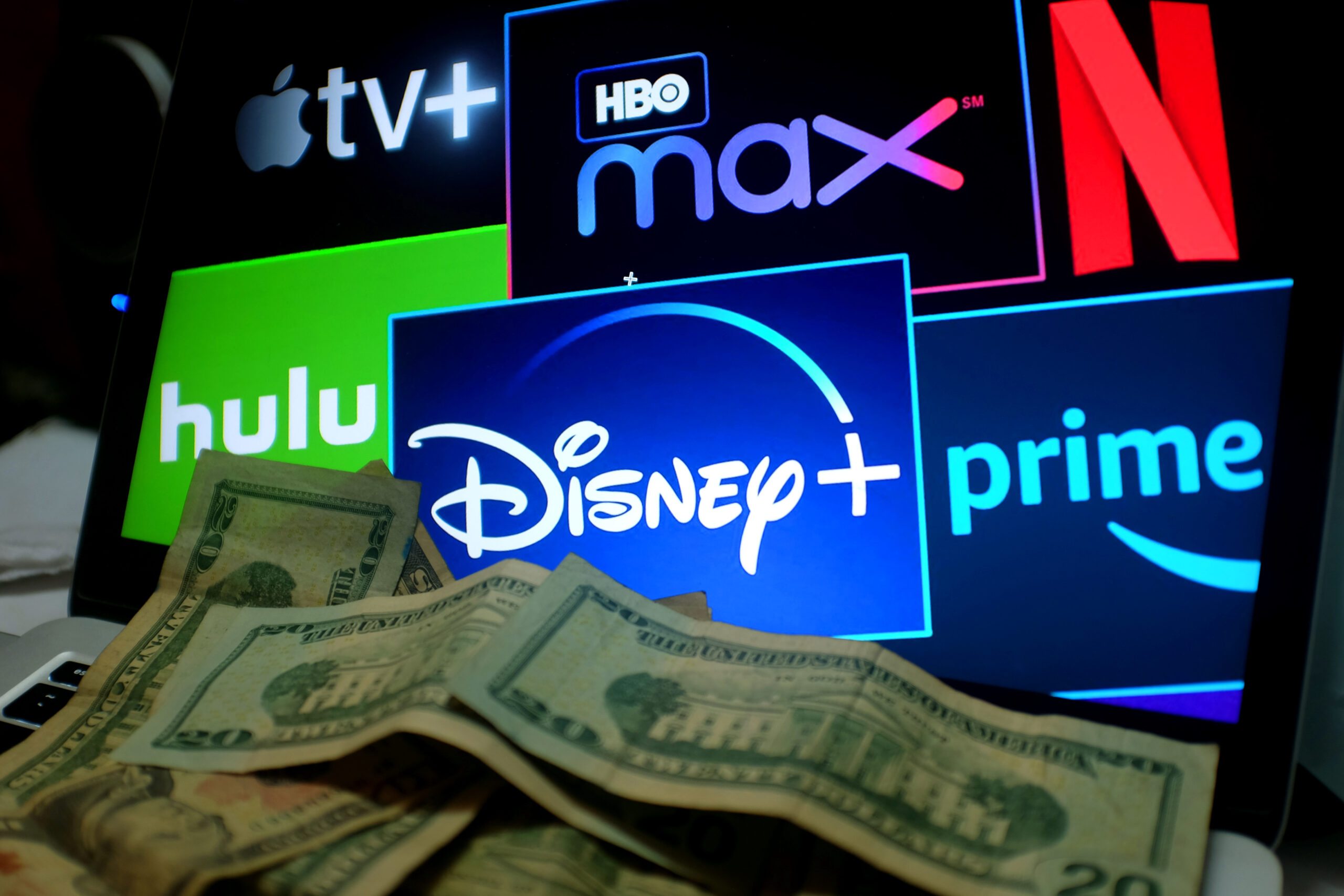 creation expenses as well as plumping up their profits and squeezing out the competition. The plethora of plusses has become an unstoppable force in our entertainment and information lives. If we keep paying these fees – even grousing all the way – they will increasingly find ways to squeeze more out of us.
creation expenses as well as plumping up their profits and squeezing out the competition. The plethora of plusses has become an unstoppable force in our entertainment and information lives. If we keep paying these fees – even grousing all the way – they will increasingly find ways to squeeze more out of us.
In a recent story in The Atlantic’s fine newsletter, associate editor Lora Kelly explains that in the world of branding, the “plus parade” has been effective as both a branding and a marketing tool.
While unoriginal, the plus attached to any brand communicates additional charges, often for goods and services we might have been receiving for no fee in a previous iteration. Believe it or not, the “+” tacked onto a brand began a half century year ago.
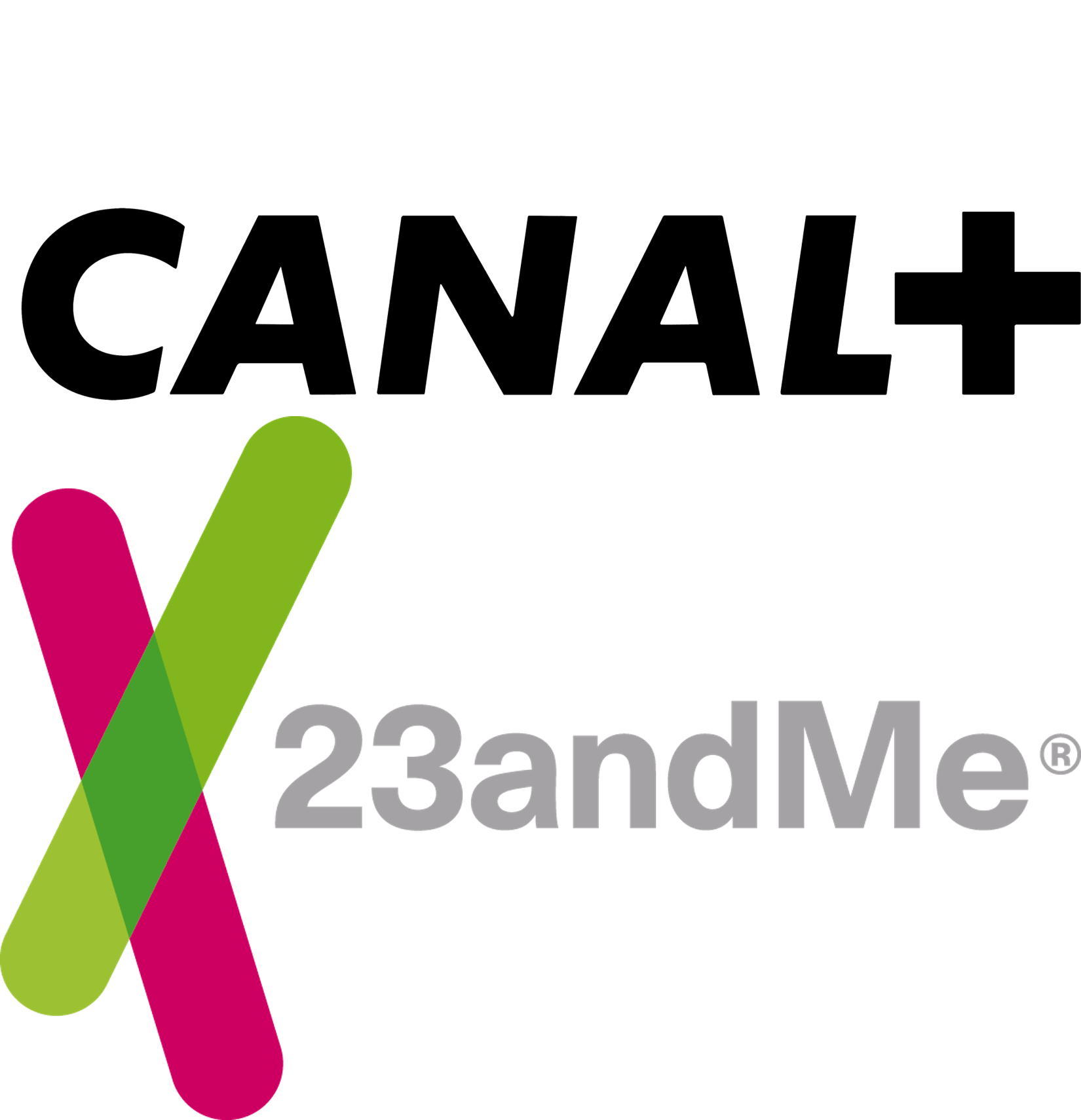 Kelly traces the root of the “plus paradigm” to a French TV channel called Canal+. They launched way back in 1984 and are still in business.
Kelly traces the root of the “plus paradigm” to a French TV channel called Canal+. They launched way back in 1984 and are still in business.
Now, virtually everyone in the paid streaming face has glommed onto the plus, including brands you may not expect, like 23andMe+. When it reaches Spam+ or Kleenex+, you know the marketing mavens have jumped their own sharks.
As Kelly reminds us, “When placed at the end of a name, it can be a helpful way to signal, without getting too specific or wordy, that a service is providing added value.”
OK, maybe. But it also signifies its passing on their expenses to us, the consumers of this stuff, like it or not.
consumers of this stuff, like it or not.
There’s a reason why apps that help us escape our many subscriptions have proliferated in recent years. Rocket Money, Mint, Bobby, Subby, Trim, and many others are popular because they help consumers manage the monthly web of our subscription fees.
Over the years, some brands have made it especially annoying to back out of deals we barely remember agreeing to in the first place. SiriusXM has been especially dogged about not saying goodbye to paying subscribers.
In fact, breaking up with satellite radio can be so aggravating and arduous that consumers often end up going “off plan.” If you’ve ever tried to extricate yourself from a SiriusXM deal, you know the Kabuki dance you often must endure, negotiating with a faraway headset-wearing agent. Why haven’t they figured out how to improve this process using AI? Even talking to a bot would likely prove to be a better experience.
Remember when Netflix set itself apart from other services by being 100%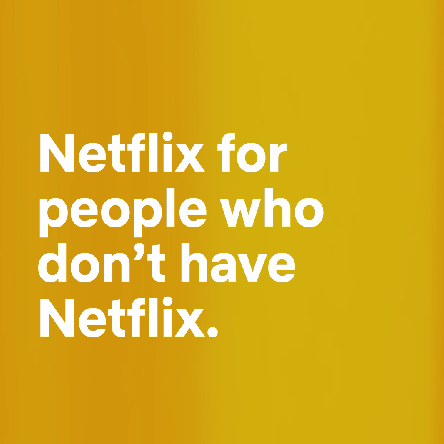 commercial-free? That business model was augmented in 2022 by a cheaper tier service that includes ads. And it’s been popular with consumers who are hesitant to pay their freight for the original model. Most other streaming video brands have followed suit (or beat Netflix to the punch), a trend that will undoubtedly continue.
commercial-free? That business model was augmented in 2022 by a cheaper tier service that includes ads. And it’s been popular with consumers who are hesitant to pay their freight for the original model. Most other streaming video brands have followed suit (or beat Netflix to the punch), a trend that will undoubtedly continue.
But it goes beyond that. The “plus pandemic” has now been reverse-engineered to charge us for services and features we once got for free. Consider these examples:
- Amazon Prime – Yes, Amazon Prime Video continues to be included in the package but as of late last year, it now includes a limited amount of advertising (radio people know what that means). To avoid having to watch those annoying ads, the monthly fee is $2.99 or roughly $36 a year. Of course, the cost of Amazon Prime has risen more than 75% since 2005. And they still feel the need to add spot inventory.
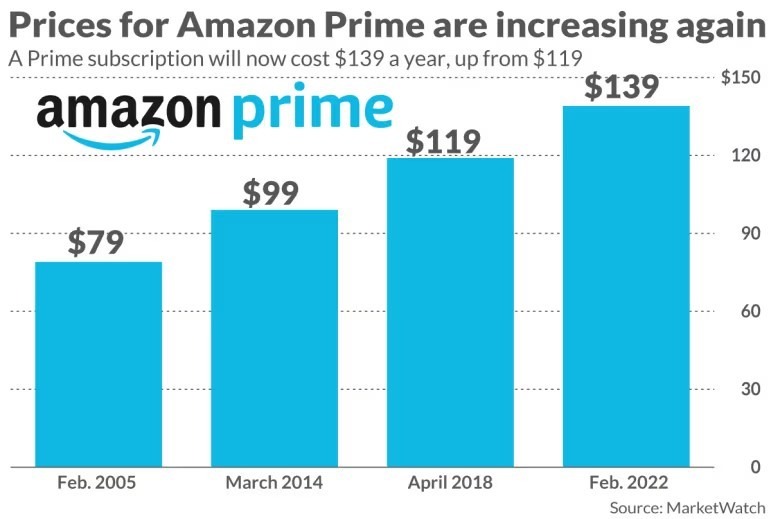
2. Peacock+– This service started out as free to Xfinity customers (yes, that’s me), but soon evolved into a “+” service. To get the good stuff – live sports, better video content like “Yellowstone,” “The Voice” – you now have to fork over another $2.99/month (which seems to be the standard plus-up for “+” services.
But wait, there’s a helpful hack. If you subscribe to Instacart+ you can get Peacock+ for free IF you’re in Xfinity customer. Are you following this?
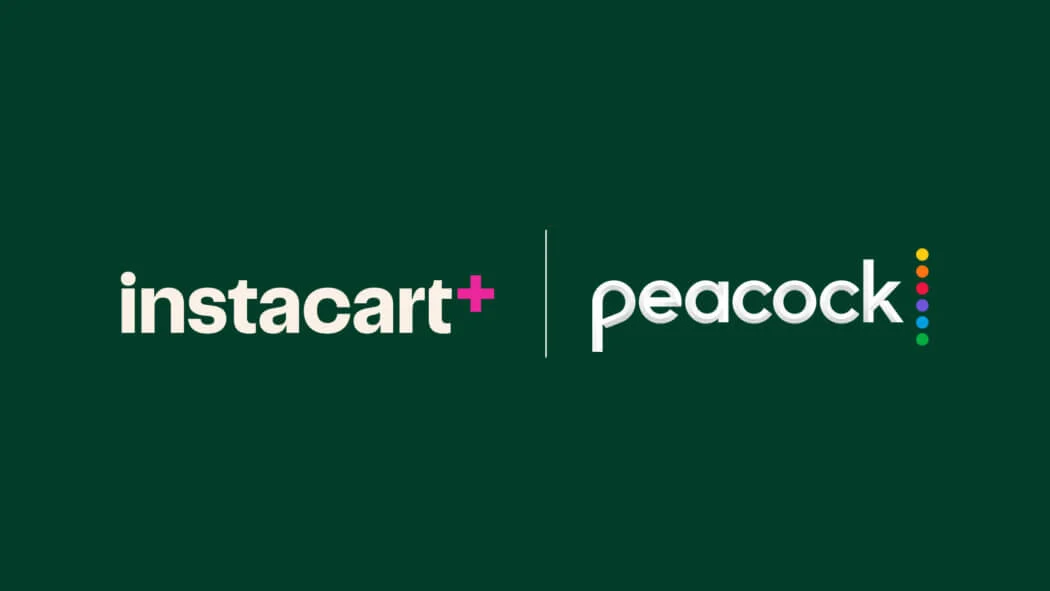
3. Amazon Alexa – And you thought that if you bought one of these advices, you were all set, right? Wrong.
Think of the Alexa platform like a radio station where the cume has stopped growing. Instead, you focus your efforts on getting the most out of existing customers.
And that’s what Amazon is doing. As I’ve reported for some now –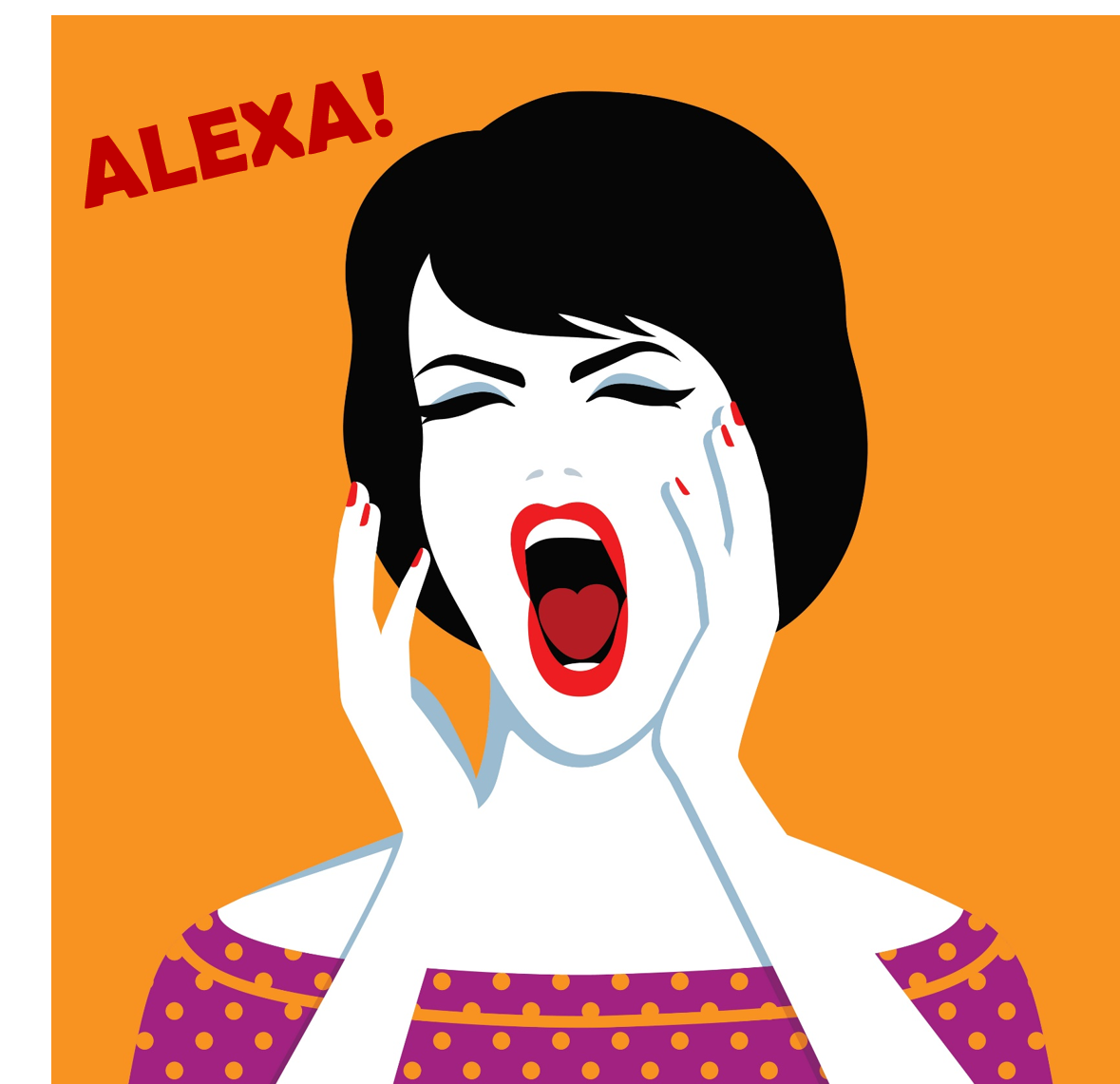 backed up by tepid growth we see each year in our Techsurveys – Amazon is now going to try to squeeze more money out of those of us who talk to Alexa now.
backed up by tepid growth we see each year in our Techsurveys – Amazon is now going to try to squeeze more money out of those of us who talk to Alexa now.
According to PC, Amazon is planning on a June launch for (wait for it….) Amazon Plus!
The details are foggy, including how much a new suite of services will cost existing users. PC reports Plus would include “AI capabilities” that would improve the device’s ability to communicate.
Apparently, a field test comprised of about 15,000 users has not gone well with Alexa providing inadequate responses. Perhaps Amazon will decide to wait before charging consumers for a Plus version. Frankly, I’m nonplussed.
4, YouTube – Finally, one of the biggest dogs in the space is coming clean about the degree of difficulty of converting unpaid users into paying ones. (Are you listening public and Christian radio?)
![]() A story in Social Media Today by Andrew Hutchinson speaks directly to how difficult the transformation to subscribership can be. YouTube Premium and Music have now broken through the 100 million subscriber barrier, eight years after they debuted.
A story in Social Media Today by Andrew Hutchinson speaks directly to how difficult the transformation to subscribership can be. YouTube Premium and Music have now broken through the 100 million subscriber barrier, eight years after they debuted.
So, what’s the problem? YouTube’s conversion rate is worse than a public radio station’s ability to turn listeners into “members.” Consider that YouTube has 2 billion active users, and a little simple math reveals that’s just a paltry 5% conversion level.
As Hutchinson notes, Elon Musk is using the same playbook at Twitter/X, trying (but generally failing) to convince his users to pony up cash for “blue checkmarks” and other perks.
For the record, YouTube is pleased with Premium’s progress, concluding that its recent growth has been driven by new features (playback quality, podcasts, etc.).
At about $15 billion in subscription fees, that amounts to half of what YouTube is estimated to take in with ad sales. That says a lot about media models, subscriptions, ad insertion, and how it’s playing out with consumers.
The perfect world that keeps cha-chinging is when a platform can both run ads and charge a monthly subscription fee. The recurring revenue, combined with providing a viable marketing model for advertisers, is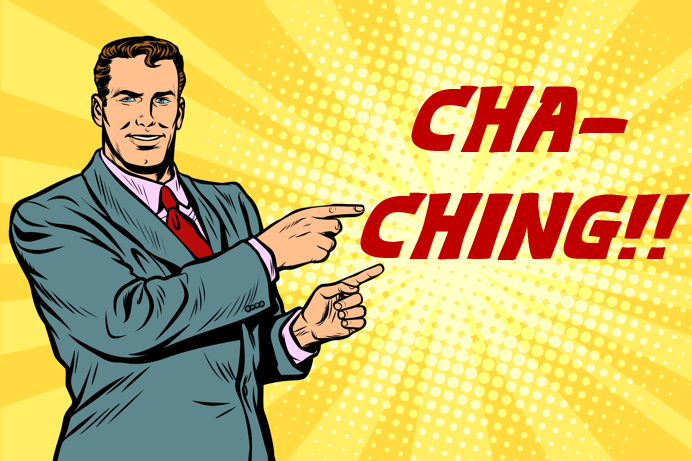 the irresistible object that keeps strategists experimenting with different combinations, tiers, and even partnerships.
the irresistible object that keeps strategists experimenting with different combinations, tiers, and even partnerships.
Note that “bundling” is another tactic. The Instagram/Peacock example, as well as the Disney+/Hulu collaboration advertised on cable and network TV will continue to be offered if consumers think they’re getting a deal. Convenient partnerships may prove to be a viable way to drive bottom line profits.
CHA-CHING!!
It may be time for commercial radio sales departments to repackage the next rate hike or even rebranding as KS95+ or Z100 Premium. If it’s good enough for YouTube, Peacock, and Netflix….
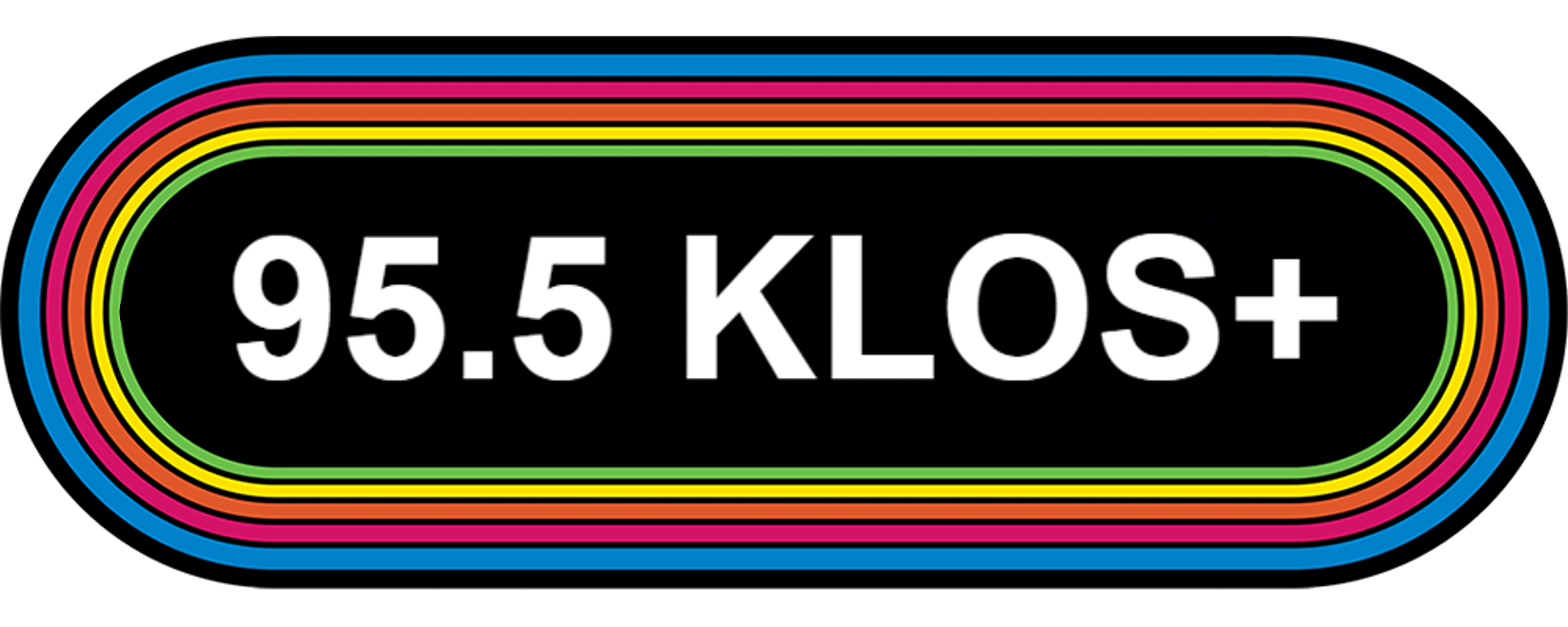
But it’s also a statement about hopefully establishing a better value proposition. In other words, what do consumers receive for their extra payout each month? That’s a question public and Christian stations might be asking during drives when they pitch the benefits of membership.
Could the “plus pot” be sweetened? Could stations develop more grist for the monetization mill with the addition of features, benefits, access, and other extras designed to stimulate forking over more moolah?
Whether radio took a flyer on launching premium subscriber platforms like Bauer Media has done throughout Europe, shouldn’t U.S. broadcasters be looking for ways to bring added value to listeners and advertisers?
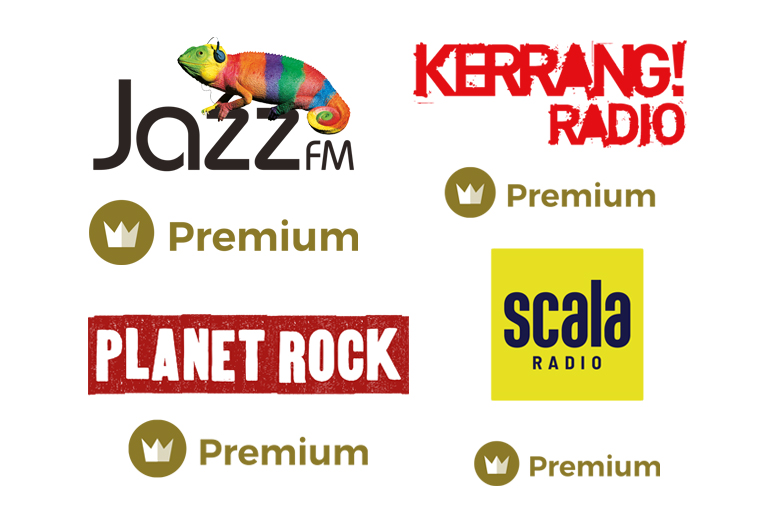
The inescapable reality in all this is that there are mechanisms in place to help tech and media companies develop and evaluate these monetization strategies. In radio, not so much.
So, how can radio sales teams and DOSs apply creativity, innovation, and strategic thinking to their planning process? If the thought of that induces snickers or eyerolls, consider that in order to compete for those micropayments of $3, $5, or more a month, broadcast radio is going to have to think and act smarter in order to remain competitive and even solvent.
Of course, the other strategy for radio is to reject the pay-for-content model and lean into its “free-ness.” We know from umpteen Techsurveys that carrying no fee continues to be a strong differentiator for roughly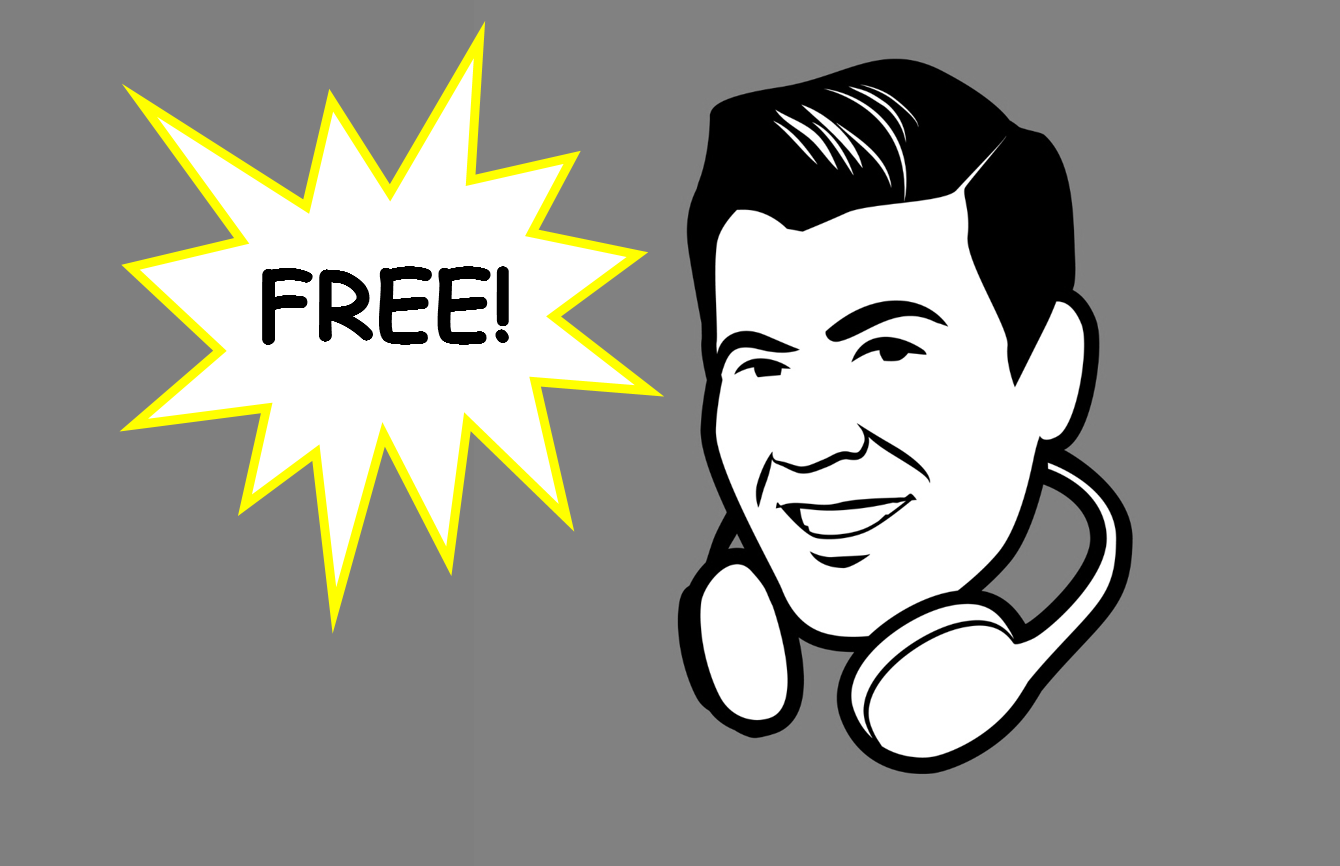 six in ten of our entire sample. For many, it’s one of the best things about radio. It’s hard not to conclude that “free” takes on even greater value in a pay-as-you-go world
six in ten of our entire sample. For many, it’s one of the best things about radio. It’s hard not to conclude that “free” takes on even greater value in a pay-as-you-go world
But none of these advantages for radio whether it’s in attracting ears or advertisers will come organically. Broadcasters need to see the entire playing field, and make its business model a high priority in a shifting world of subscriptions and monetization.
Now that would indeed be a plus.
- Who’s Got It Better? Talent In Commercial Radio vs. Talent in Christian Music Radio - June 4, 2025
- It’s The Christian (Radio) Thing To Do - June 3, 2025
- Is It Time For Radio to WAKE UP?! - June 1, 2025




Thoughtful post. Thanks, Fred! There are a couple positive steps public broadcasters have been taking into this area. For dual licensees, like us, a monthly donation to our NPR station will also get the donor access to PBS Passport, full of great additional content, easy access to programs, and both local and national programming. NPR also has a premium option for member stations to entice donors with, which also provides additional content and podcast access. The real win for public stations is those consistent monthly payments provide more stability in fundraising and planning budgets than the traditional method of setting a goal every 6 months and hoping desperately that you hit it.
Not questioni about it, Frank. All things considered (sorry), Passport has been a win for public media. And it least they’re not calling it Passport+ – yet.
TV is upgrading the HD platform to ASCT 3.0. I have seen some articles that the local TV station may be able to sell you levels of service for access to a + option like .2 .3 channels, maybe Peackock + on NBC CH 7.2, or the entire ASCT 3.0 level all together. So much for serving the public as a public trustee.
Monetization is the word, Joel. If it’s not moving, it’s up for sale.
Radio could offer a different experience for those listening online from those listening over the air. Imagine if the online version squeezed in an extra song instead of repeating commercials and PSAs in a stopset, reducing the amount of advertising time and making each avail more valuable? Perhaps radio could learn from what the streamers are doing and how they’re approaching ad content for their free streamers. Maybe 8-minute stopsets twice an hour really isn’t the answer as the current environment evolves. Maybe we’re not just competing with other radio stations, we’re also competing with other sources of entertainment and information.
Maybe you’re right about this, a changing paradigm that demands a different way of modeling broadcast radio.
Keeping costs and debt down is the modern mantra for radio. Well presented programming does not have to be a budget breaker. Content & Quality Listening are what make Radio +. Thank you, Fred.
Thank YOU, Clark.
Since the radio industry long ago forwent its opportunity to monetize OTA with conditional access via HD technology, I think it’s better to emphasize the “free,” at least so far as OTA is concerned. For digital streaming, though, Brian is right on the money (pun intended).
Those gargantuan broadcast radio stopsets are deal-breakers for today’s listeners, John. Thanks for commenting.
Can’t imagine what Boogie Check+ might have sounded like.
No, that’s a bridge too far.
If people are getting fed up with subscriptions, now might not be the time for a declining media to introduce one.What about radio offering “plus” content for free? Radio’s biggest weakness is its product- why not improve that and market “+” content as a part of radio’s service.
Great to hear from you on this one, Bob. Thanks for advancing the conversation.
As always, great thoughts. In the digital world, OTA radio can certainly take chances, but seem to be hesitant. Some stations have their content “on demand” – a great way to get a popular show outside of its normal schedule. Streaming “Classic Rock Trax”-deeper than the normal playlist might be a way to go. The morning show “podcast” – could be the morning show bits minus the music. So many ideas and dozens of great people reading these posts. Now let’s see if someone can help “extend” the brands we love.
It is often a matter of viewing the technology as a brand extender, not as a burden or addiional expense. Thanks for the reminder, Dave.